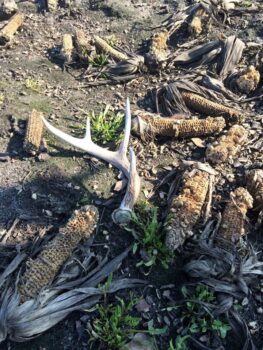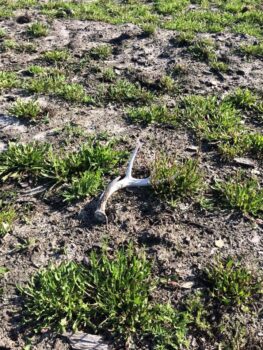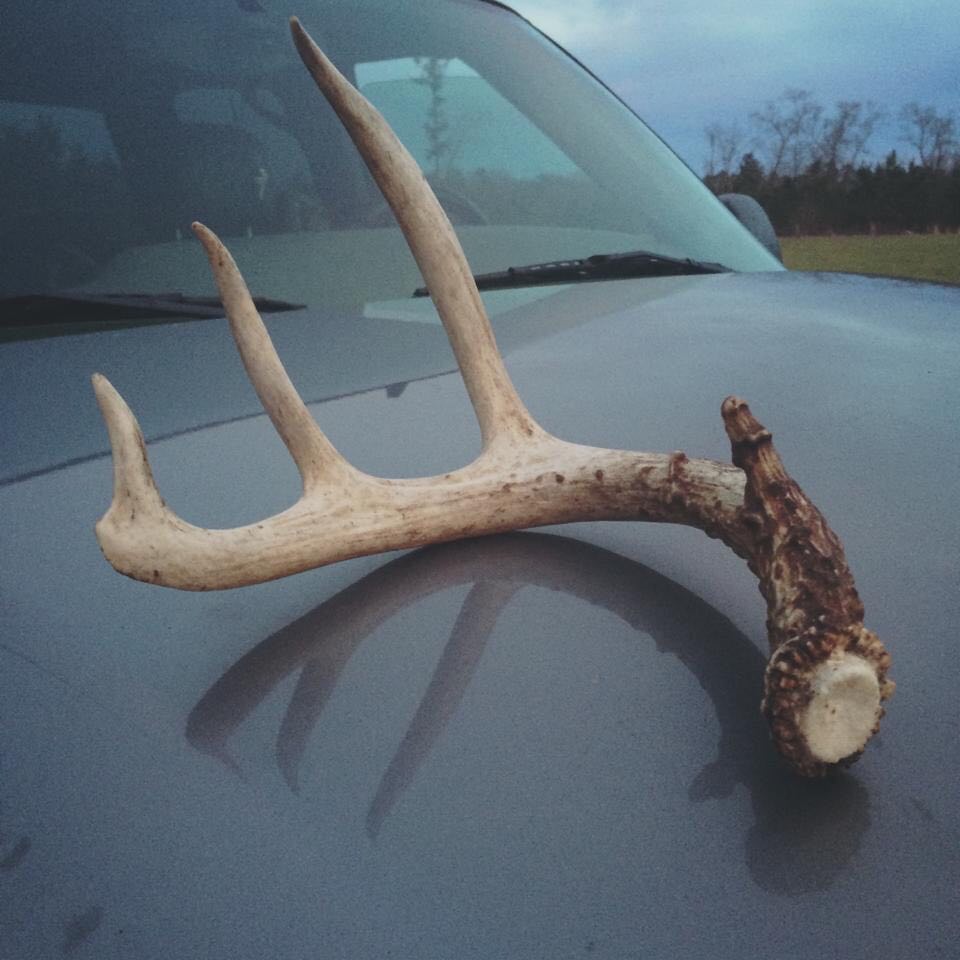
Antlers I Have Found
By Michael Maynor
There’s a certain mystique surrounding antlers that transcends the realm of hunting. It’s not uncommon to find articles in home decor magazines and interior design blogs suggesting creative ways to incorporate these natural artifacts into interior spaces, moving beyond the traditional deer head mounted above the fireplace. Each discarded antler carries with it a tale waiting to be discovered. From being gnawed by rodents, gradually weathering to a chalky white, and eventually dissolving back into the earth, they narrate the cycle of nature in a unique way. Shed hunting, besides being an exhilarating pastime, doubles as a method for scouting the upcoming hunting season. While the vast expanses of the Midwest and Western states may offer more accessible opportunities for shed hunting, even dense forests hold hidden treasures for the determined seeker. My own experience with shed hunting underwent a significant transformation when I purchased my hunting property, Juniper Creek, fourteen years ago. Since then, I’ve stumbled upon numerous antlers, each with its own intriguing story. Today, I’m excited to share these tales along with a couple tips that have helped me!
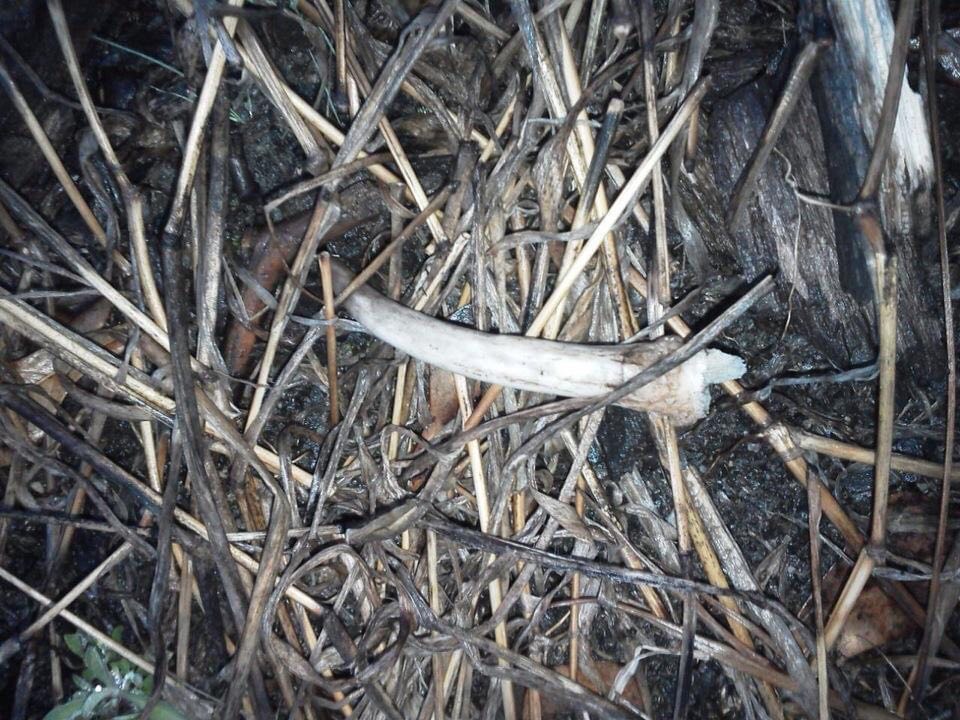

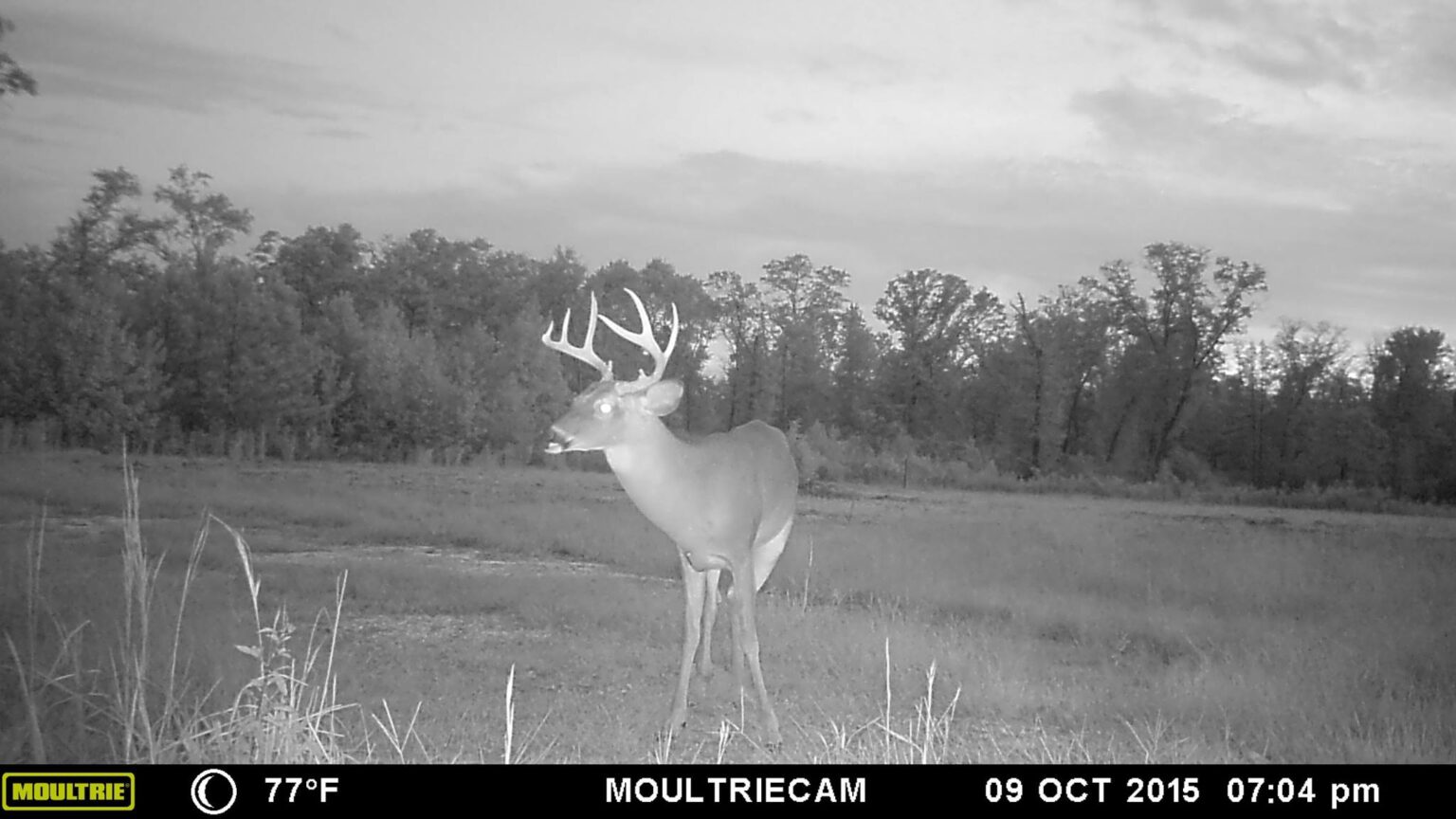
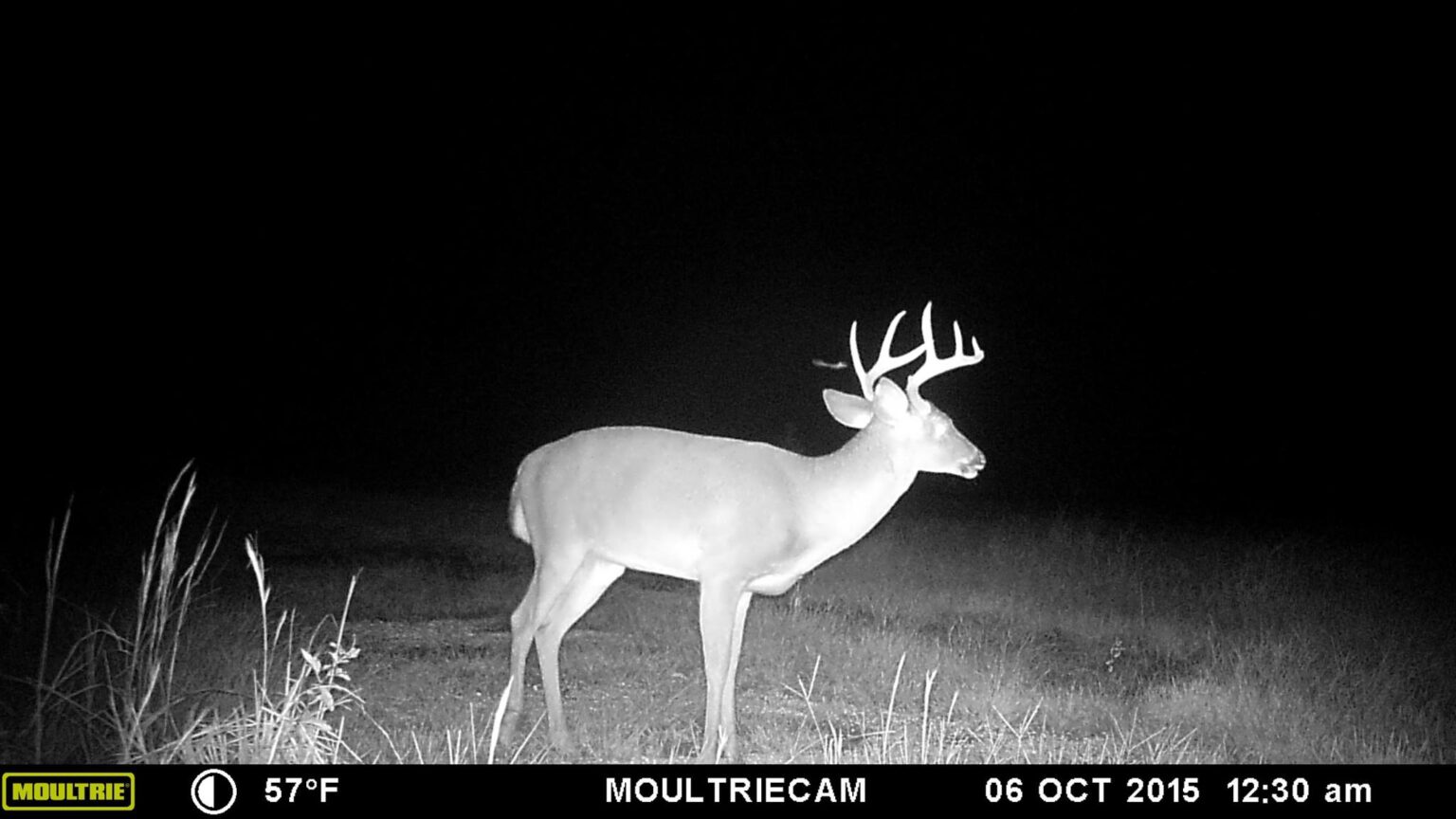
I was at Juniper Creek at the end of January 2016 with my father and a close family friend. As they conversed in a different part of the property, I strolled through the bear plot. Upon looking down, I discovered a gift left by the blunt-end buck. His unique antler lay in the field in good condition. I hastily picked it up, failing to capture a picture of its original placement, but I did manage to take one on the hood of the truck. The antler appeared relatively fresh, retaining its color, and the wax ring on the bottom suggested it hadn’t been exposed to the elements for long. It was a great way to end the story with this buck.

I am always grateful whenever I come across a shed antler or a broken tine. As I mentioned earlier, there is something truly magical about antlers, and one doesn’t have to be a hunter to appreciate them. While I don’t consider myself an expert in hunting for shed antlers, there are certainly individuals more skilled than I am. However, if you’re interested in trying your luck, I would recommend seeking out a late-season food source or food plot. One of the best tips I’ve ever come across is to look for something that seems out of place. When walking in a food plot, for instance, pay attention to details that don’t quite fit in. Instead of scanning the entire plot, focus on smaller areas as you walk. In 2023, I stumbled upon a weathered spike antler in my food plot. Had I been scanning a wider area, I might have overlooked it. The antler, weathered and white on one side, stood out starkly against the brown backdrop of the plot.
While shed hunting is harder down here in the South compared to other parts of the US, if your’re willing to put in the legwork you might find the antlers off that big buck you missed during hunting season. Good luck and happy hunting!
Michael Maynor
I am a proud native of North Carolina with a deep love for the sporting lifestyle and everything Southern. My book collection seems to grow endlessly, and I have a particular fondness for collecting vintage duck decoys. Despite appearing content, my heart longs to return to Africa for another safari adventure. John 3:16


You May Also Like

Southern Spirits: Five Chilling Tales of the Old North State!
October 17, 2022
Small Shops, Big Reads: North Carolina’s Independent Bookstores
March 27, 2020
